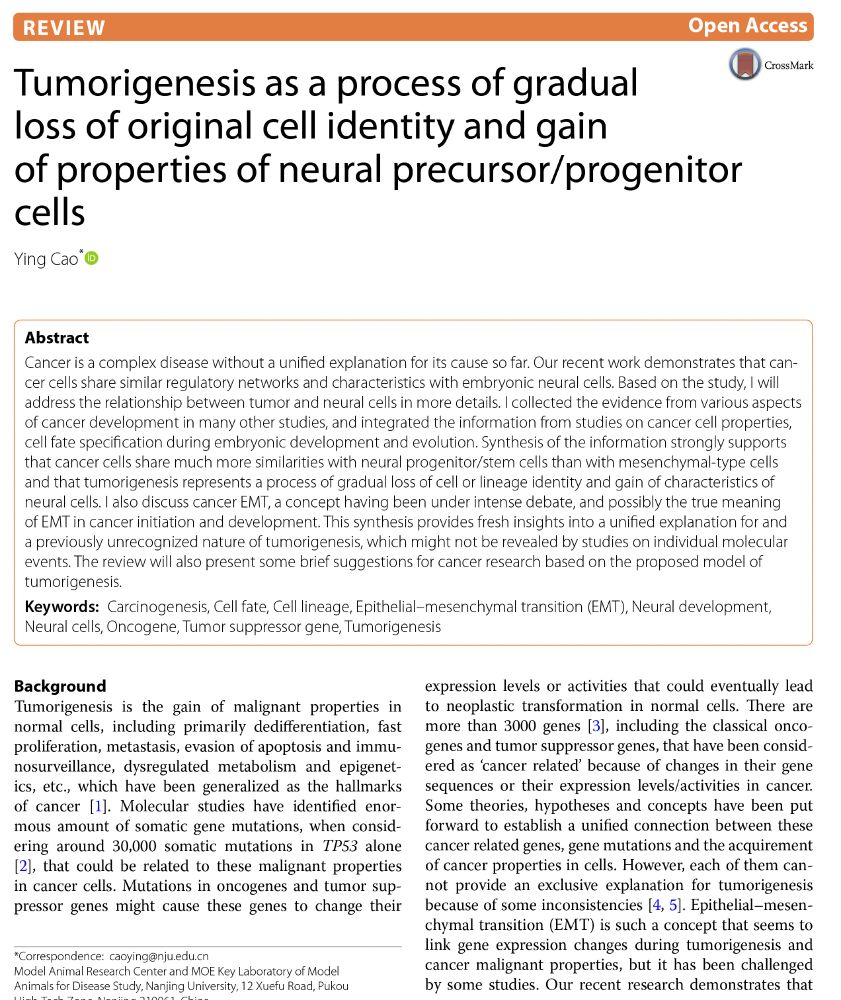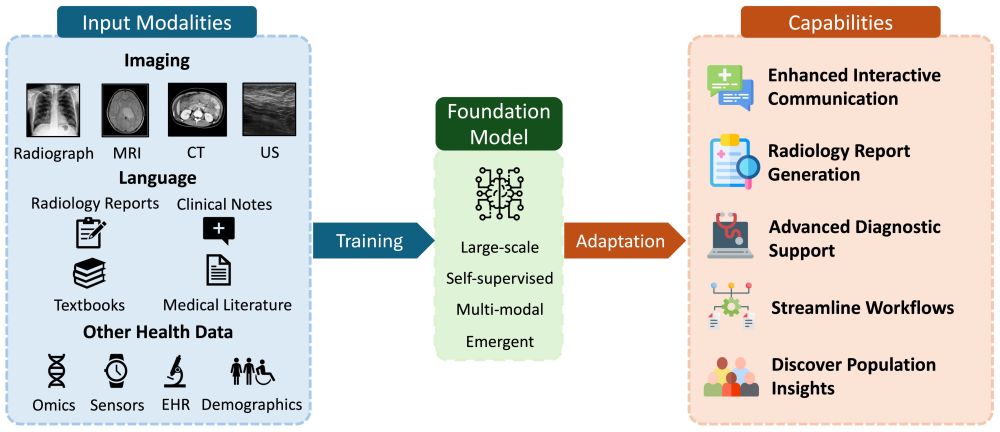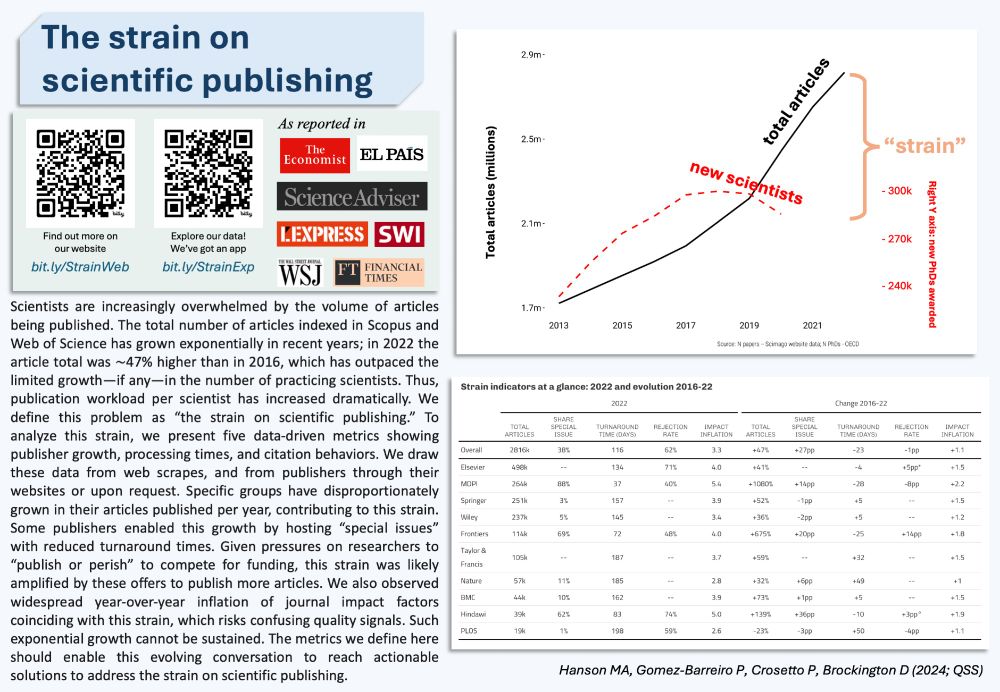LKB1 (STK11)
@stk11.bsky.social
350 followers
2.5K following
55 posts
🎙️ Live, from 19p13, it's Saturday Night!
https://en.wikipedia.org/wiki/LKB1
Posts
Media
Videos
Starter Packs
Reposted by LKB1 (STK11)
SCIENMAG
@scienmag.bsky.social
· Sep 1

High PER1 Linked to STK11 Mutation in Lung Cancer
Recent developments in cancer research have illuminated crucial insights into the mechanisms that render lung adenocarcinomas resistant to immunotherapy. A study led by Parker, R.E. and colleagues has revealed that high levels of the protein PER1 are closely associated with mutations in the STK11 gene—a common occurrence in lung adenocarcinoma. This correlation not only underscores the vital relationship between molecular alterations and immunotherapy effectiveness but also proposes a potential pathway for targeted therapeutic strategies.
scienmag.com
Reposted by LKB1 (STK11)
Reposted by LKB1 (STK11)
Cancer Cell
@cp-cancercell.bsky.social
· Aug 15

KEAP1 and STK11/LKB1 alterations enhance vulnerability to ATR inhibition in KRAS mutant non-small cell lung cancer
Galan-Cobo et al. demonstrate that KRAS-mutant non-small cell lung cancers with STK11/LKB1 and KEAP1 co-occurring alterations show a dependency on ATR-CHK1 signaling. They present preclinical and clinical data supporting the efficacy of combining the ATR inhibitor ceralasertib and the PD-L1 inhibitor durvalumab in tumors harboring these mutations, a regimen currently undergoing phase III clinical testing.
dlvr.it
Reposted by LKB1 (STK11)
Reposted by LKB1 (STK11)
Reposted by LKB1 (STK11)
Reposted by LKB1 (STK11)
Jonathan Nelson
@flyscinelson.bsky.social
· Aug 15
Reposted by LKB1 (STK11)
Reposted by LKB1 (STK11)
Reposted by LKB1 (STK11)
BioMassSpec
@realbiomassspec.bsky.social
· Mar 25

Holdup Multiplex Assay for High-Throughput Measurement of Protein–Ligand Affinity Constants Using a Mass Spectrometry Readout
The accurate description and subsequent modeling of protein interactomes require quantification of their affinities at the proteome-wide scale. Here we develop and validate the Holdup Multiplex, a versatile assay with a mass spectrometry (MS) readout for profiling the affinities of a protein for large pools of peptides. The method can precisely quantify, in one single run, thousands of affinity constants over several orders of magnitude. The throughput, dynamic range, and sensitivity can be pushed to the performance limit of the MS readout. We applied the Holdup Multiplex to quantify in a few sample runs the affinities of the 14–3–3s, phosphoreader proteins highly abundant in humans, for 1000 different phosphopeptides. The seven human 14–3–3 isoforms were found to display similar specificities but staggered affinities, with 14–3–3γ being always the best binder and 14–3–3ε and σ being the weakest. Hundreds of new 14–3–3 binding sites were identified. We also identified dozens of 14–3–3 binding sites, some intervening in key signaling pathways, that were either stabilized or destabilized by the phytotoxin Fusicoccin-A. The results were corroborated by X-ray crystallography. Finally, we demonstrated the transferability of the Holdup Multiplex by quantifying the interactions of a PDZ domain for 5400 PBM peptides at once. The approach is applicable to any category of protein-binding ligands that can be quantifiable by mass spectrometry.
pubs.acs.org
Reposted by LKB1 (STK11)
Reposted by LKB1 (STK11)
LKB1 (STK11)
@stk11.bsky.social
· Mar 15
Reposted by LKB1 (STK11)
Reposted by LKB1 (STK11)
Reposted by LKB1 (STK11)
Reposted by LKB1 (STK11)
Reposted by LKB1 (STK11)













